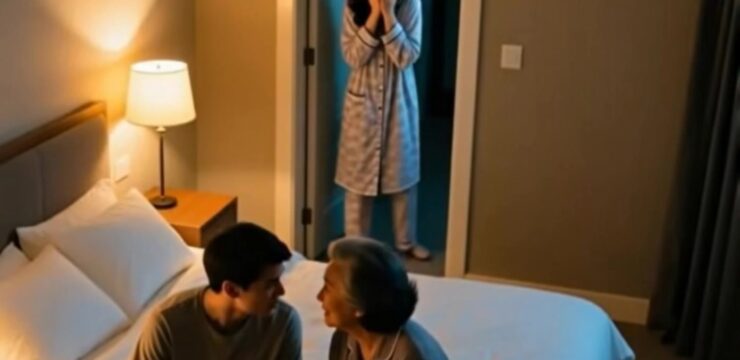
Best friends have always been our confidants, partners in crime, and sources of unwavering support. In the 1990s, these relationships were marked by late-night phone calls on corded landlines, sharing secrets over school lunches, and coordinating outfits for trips to the mall. While the essence of friendship remains unchanged, the ways we interact and express our bonds have evolved significantly. Let’s explore how best friend dynamics have transformed from the ’90s to the present day.
Disagreements and Reconciliations
In the ’90s, conflicts between best friends often stemmed from seemingly trivial matters—perhaps neglecting to care for a friend’s Tamagotchi or borrowing a cherished CD for too long. These disputes felt monumental at the time but were typically short-lived and easily resolved. Today, disagreements can be more subtle and passive-aggressive. Instead of direct confrontations, tensions may manifest through ignored text messages or a lack of engagement on social media platforms. The silent treatment has transitioned from slammed lockers to unread messages, but its impact remains familiar.
Making amends in the ’90s often involved passing handwritten apology notes during class, adorned with doodles and heartfelt acronyms like “LYLAS” (Love You Like a Sister). These tangible gestures served as peace offerings. In contrast, today’s apologies might come in the form of delivering a favorite coffee order or posting a smiling selfie together, signaling to mutual friends that harmony has been restored. While the methods have changed, the relief and joy of reconciling with a best friend endure.
Socializing and Leisure Activities
Friday nights in the ’90s often revolved around trips to the mall. Friends would browse stores like Claire’s for accessories, share soft pretzels from the food court, and perhaps sneak into a movie. The mall served as a central hub for social interaction and entertainment. Today, many best friends prefer the comfort of staying in, ordering takeout, pouring glasses of wine, and binge-watching the latest streaming series in pajamas. Whether exploring the mall or relaxing at home, spending quality time together remains a cherished aspect of friendship.
Romantic Support and Squad Dynamics
In the ’90s, playing the role of wingwoman involved using playful tools like cootie catchers (paper fortune tellers) to predict romantic prospects. Best friends orchestrated chance encounters at lockers and ensured rivals kept their distance. Today’s best friends act as digital detectives, adept at uncovering a crush’s social media presence with minimal information. Whether through playground scheming or online sleuthing, a best friend continues to be an invaluable ally in navigating romantic interests.
The concept of “squad goals” has also evolved. In the ’90s, assembling a friend group where each member embodied a different Spice Girl was the epitome of squad aspirations. Coordinated group identities were celebrated. Nowadays, the emphasis is less on the size of the group and more on the depth of individual connections. A single, dependable best friend is often sufficient to share experiences, from dancing around the living room to supporting each other’s endeavors. The strength of the bond outweighs the number of participants.
Communication and Shared Experiences
Gossip sessions in the ’90s centered around schoolyard dramas—who wore the same scrunchie, who borrowed a slap bracelet without asking, or who snagged the last coveted snack in the lunchroom. Today’s conversations often revolve around reality show plot twists, social media happenings, and interpreting ambiguous online posts. Despite the shift in topics, sharing “the tea” with a best friend remains a timeless bonding activity.
When it came to comforting a friend through heartbreak, ’90s besties understood the power of snacks. Offering a Cosmic Brownie or a pack of Dunkaroos could provide solace during tough times. Currently, the approach may involve attending yoga classes together, sharing a bottle of affordable wine, or organizing a night out. Regardless of the method, best friends continue to be instrumental in healing and recovery after emotional setbacks.
Staying Connected
Maintaining communication has seen perhaps the most significant transformation. In the ’90s, staying in touch meant lengthy phone calls on landlines, passing notes during class, and arranging face-to-face meetups. Today, instant messaging, video calls, and social media platforms facilitate constant connection, allowing friends to share moments in real-time, regardless of physical distance. While the mediums have changed, the desire to remain connected with a best friend persists.
In conclusion, while the landscape of best friendships has evolved from the ’90s to today, the core elements—trust, support, shared experiences, and unwavering loyalty—remain steadfast. The ways we communicate and interact may have transformed with technological advancements and cultural shifts, but the essence of what it means to be a best friend endures. Whether reminiscing about past mall adventures or sharing memes over text, the bond between best friends continues to be a vital and cherished aspect of our lives.





